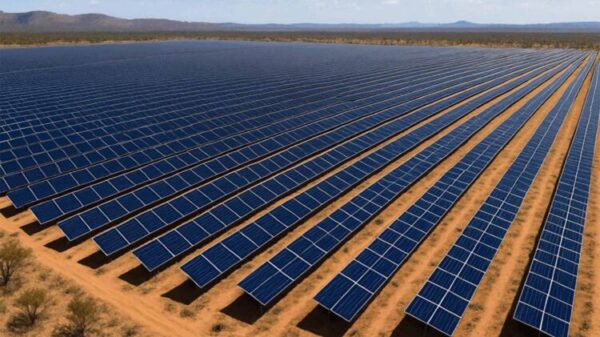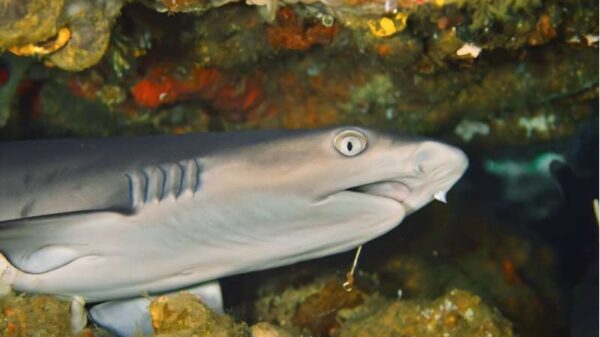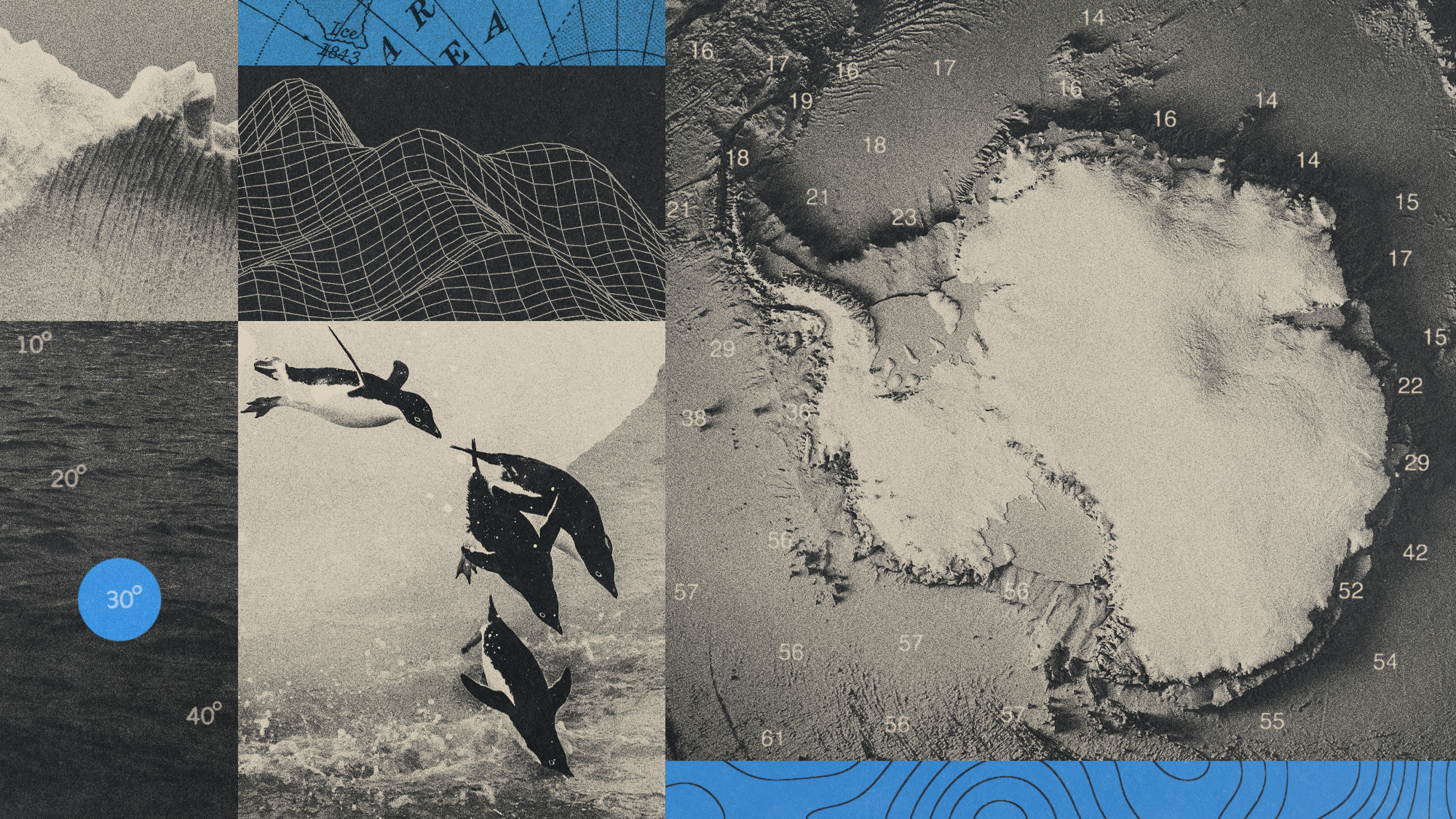Beneath Antarctica’s thick ice lies a network of hundreds of underwater canyons, some reaching depths of over 4,000 meters (more than 13,000 feet). Recent research published in the journal Marine Geology highlights the significant role these formations play in global climate change and ocean circulation.
Mapping the Hidden Depths
According to the study, scientists have identified a total of 332 underwater canyons in Antarctica. The canyons display a variety of forms and features, particularly differing between eastern and western regions of the continent. In the east, they are characterized by intricate, branching structures with wide U-shaped profiles, while the western canyons are noted for their shorter and steeper V-shapes. This observation suggests that the East Antarctic Ice Sheet is likely much older than the western counterpart, a theory supported by previous sedimentary record studies.
David Amblàs from the Consolidated Research Group on Marine Geosciences at the University of Barcelona commented, “These canyons resemble those in other parts of the world, but they tend to be larger and deeper due to the prolonged action of polar ice and the large volumes of sediment transported by glaciers.”
Implications for Climate Models
The findings indicate that these submarine canyons may have a profound impact on ocean circulation, ice-shelf thinning, and global climate change. Vulnerable areas, such as the Amundsen Sea and parts of East Antarctica, could be particularly affected. The research underscores the importance of these canyons in facilitating the exchange of cold, dense water from ice shelves with the deep ocean, a process crucial for forming what is known as Antarctic Bottom Water.
As noted by the University of Barcelona, these canyons not only transport cold water but also carry warmer ocean waters toward the coastline, which helps maintain and stabilize the glaciers located inland. Despite this significance, the role of submarine canyons in climate science has largely been overlooked, with less than one-third of the seafloor properly mapped.
According to the findings, approximately 10,000 submarine canyons exist globally, yet most remain unexplored. This lack of research limits the ability of current climate change models to accurately predict shifts in ocean and overall climate conditions. “Omitting these water-transporting canyons drastically limits the ability of climate change models to accurately predict ocean and overall climate changes,” the article stated.
Understanding the impact of these underwater features is crucial for developing comprehensive ocean circulation models, which are essential for improving climate predictions. The need for further exploration and mapping of these canyons has become increasingly urgent as global climate change continues to pose significant challenges.


































































